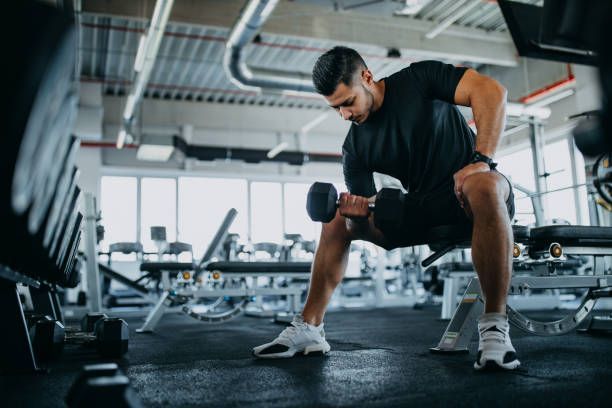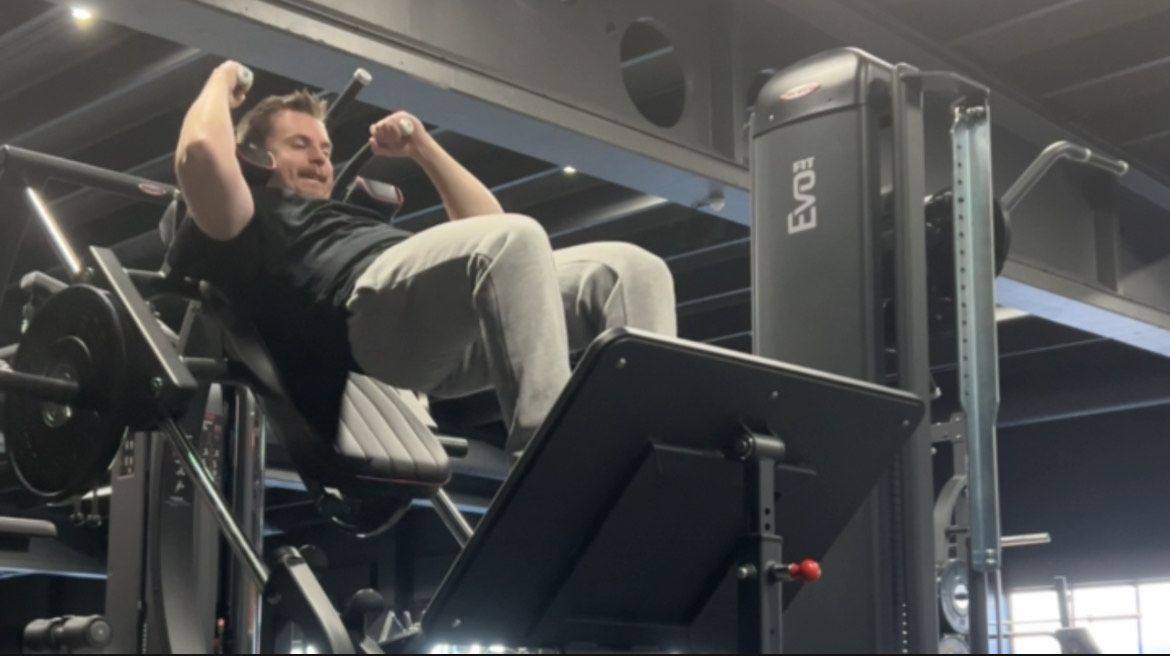Free weight row vs chest supported row
Which one should you do?
When it comes to building a strong and well-defined back, rows are a fundamental exercise. They target the muscles of the upper back, including the latissimus dorsi, rhomboids, and traps, as well as the biceps. Among the various rowing exercises available, two popular options stand out: the free weight row and the chest supported row. Both offer unique benefits and challenges, but which one is right for you? Let's delve into the characteristics and advantages of each to help you make an informed decision.
Free Weight Row:
The free weight row, often performed with a barbell or dumbbells, requires the individual to stabilize their body while pulling the weight toward their torso. This exercise engages not only the targeted back muscles but also recruits stabilizer muscles, including those in the core and lower back.
Advantages:
- Functional Strength: Free weight rows mimic natural pulling movements, making them beneficial for developing functional strength that translates into real-world activities.
- Increased Muscle Activation: Because of the need to stabilize the body throughout the movement, free weight rows typically result in higher muscle activation compared to chest supported rows.
- Versatility: With free weight rows, you have the flexibility to perform various grip variations, such as overhand grip (pronated), underhand grip (supinated), or neutral grip, allowing you to target different areas of the back.
- Core Engagement: The requirement to stabilize the body during free weight rows also engages the core muscles, contributing to overall core strength and stability.
Challenges:
- Potential for Lower Back Strain: Individuals with lower back issues or poor form may experience strain on the lower back, particularly if they use improper technique or lift too heavy a weight.
- Greater Skill Requirement: Mastering proper form for free weight rows can take time and practice, especially for beginners. There's a risk of injury if the exercise is performed incorrectly.
Chest Supported Row:
In contrast, the chest supported row is performed on a specialized piece of equipment where the individual lies face down on a bench with their chest supported and pulls weights upward toward their torso. This setup eliminates the need for stabilization, allowing for focused engagement of the back muscles.
Advantages:
- Isolation of Back Muscles: With the chest supported row, the lack of stabilization required allows for greater isolation of the back muscles, minimizing the involvement of secondary muscles and potentially reducing the risk of injury.
- Reduced Strain on Lower Back: Because the chest is supported during the exercise, there's significantly less strain on the lower back compared to free weight rows, making it a safer option for individuals with lower back issues.
- Easier to Learn: The guided motion and support provided by the bench make chest supported rows easier to learn and perform correctly, making them suitable for beginners or those with limited experience in strength training.
- Variety of Equipment: Chest supported rows can be performed using various equipment, including machines, adjustable benches, or specialized rowing stations, offering options to suit individual preferences and gym setups.
Challenges:
- Limited Core Engagement: Since the chest supported row eliminates the need for core stabilization, it may not be as effective for developing core strength compared to free weight rows.
- Less Functional Transfer: While chest supported rows effectively target the back muscles, some argue that they lack the functional transfer to real-world activities that free weight rows provide.
Conclusion:
Ultimately, the choice between free weight rows and chest supported rows depends on your individual goals, experience level, and any existing limitations or preferences. If you prioritize functional strength, enjoy a challenge, and have good core stability, free weight rows may be the better option. On the other hand, if you're a beginner, have lower back issues, or seek to isolate your back muscles without worrying about stabilization, chest supported rows could be the ideal choice. Whichever you choose, remember to prioritize proper form and technique to maximize the benefits and minimize the risk of injury.











